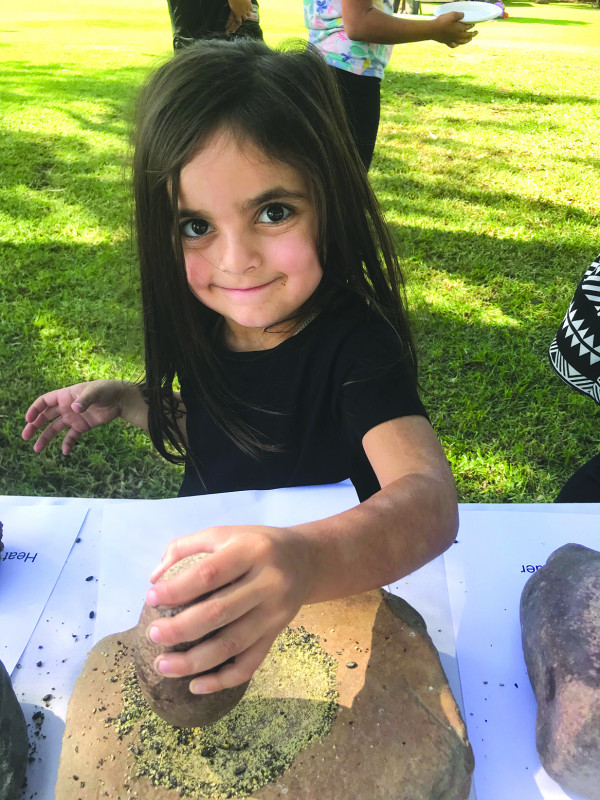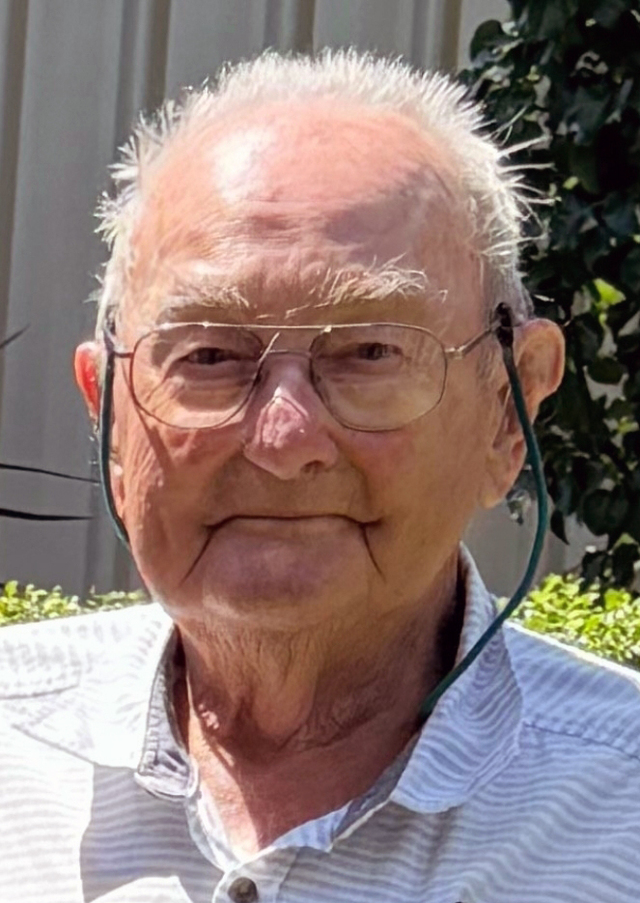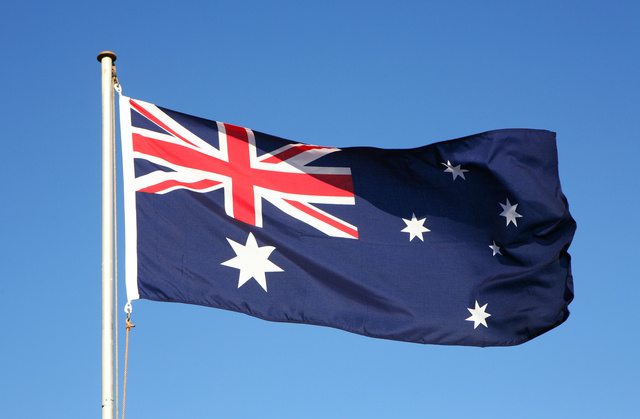THE indigenous history of Boort will be in focus on Saturday when a temporary keeping place for Aboriginal artefacts is opened just outside the town.
Boort and its surroundings are rich with indigenous history.
Loddon Shire Council CEO Phil Pinyon has described the area’s cultural sites and artefacts as “not dissimilar to the rock art in Kakadu”.
Many hundreds of trees still stand around Boort’s creek and lakes that are “scarred” by the removal of bark for a variety of uses, from stretching possum skins to making canoes.
According to local historian Paul Haw, the area has “the most scar trees in the world, made with stone tools”.
There are also hundreds of middens and ovens scattered throughout the district and axes and cutting stones found there date back to more than 4500 years ago.
Mr Haw said three bark artefacts, taken from the area in the 1850s by pastoralist John Hunter Kerr, were sold to the British Museum and are now valued at millions of dollars.
Mr Haw has acted as an honorary caretaker of the area since the role was bestowed on him by Dja Dja Wurrung Elders in the 1990s.
He has been actively engaged with the Aboriginal history of the area ever since, writing a book, Footprints Across the Loddon Plains, which details its black and white past, while running indigenous cultural tours.
Over the years, he has also accumulated hundreds of Aboriginal objects.
Mr Haw said most of them were found by farmers on their properties and were given to him when their families left the area.
“They knew I had an interest so they left them with me, and I ended up with quite a few.
“I didn’t want them all to go to Bendigo or somewhere else. I wanted them to be kept in Boort.”
On Saturday Mr Haw and his wife, Cathy, will welcome people to the space they have built on their property to house the items.
“They’re mainly stone artefacts,” Mr Haw said.
“Some were used for sharpening yam sticks, others for making flour.”
The collection also includes different types of axes and tools for breaking open quandongs.
“Some were used for grinding wattle seeds, some for grass seeds and some for making Ochre for ceremonies,” Mr Haw said.
“There are a couple of spears and other things, and on the day some people are going to bring more stuff to put on display.”
The artefacts belong to the Dja Dja Wurrung people and the Boort community, and therefore Mr Haw is keen for them to be housed in a public space.
“For 20 years we’ve been trying to build a keeping place for them in Boort and failed,” he said.
“So I decided if I can’t do that, I’ve got to do it at home, and that’s what I’ve done.
“I call it a temporary keeping place for the simple reason that I hope one day they do build one in Boort.”
The space is a six metre square room that has been plastered, insulated and fitted out with windows and floor coverings.
“It’s just like a museum space,” Mr Haw said.
The keeping place will be officially opened by Gary Murray and Ngarra Murray, who are Dja Dja Wurrung elders of the Yung Balug clan.
Also attending the opening will be film-maker Bill Code, who is completing a documentary about Mr Haw’s efforts to help preserve the area’s Aboriginal heritage.
The event will take place at 11am on Saturday at 3645 Boort Pyramid Road, Boort.







